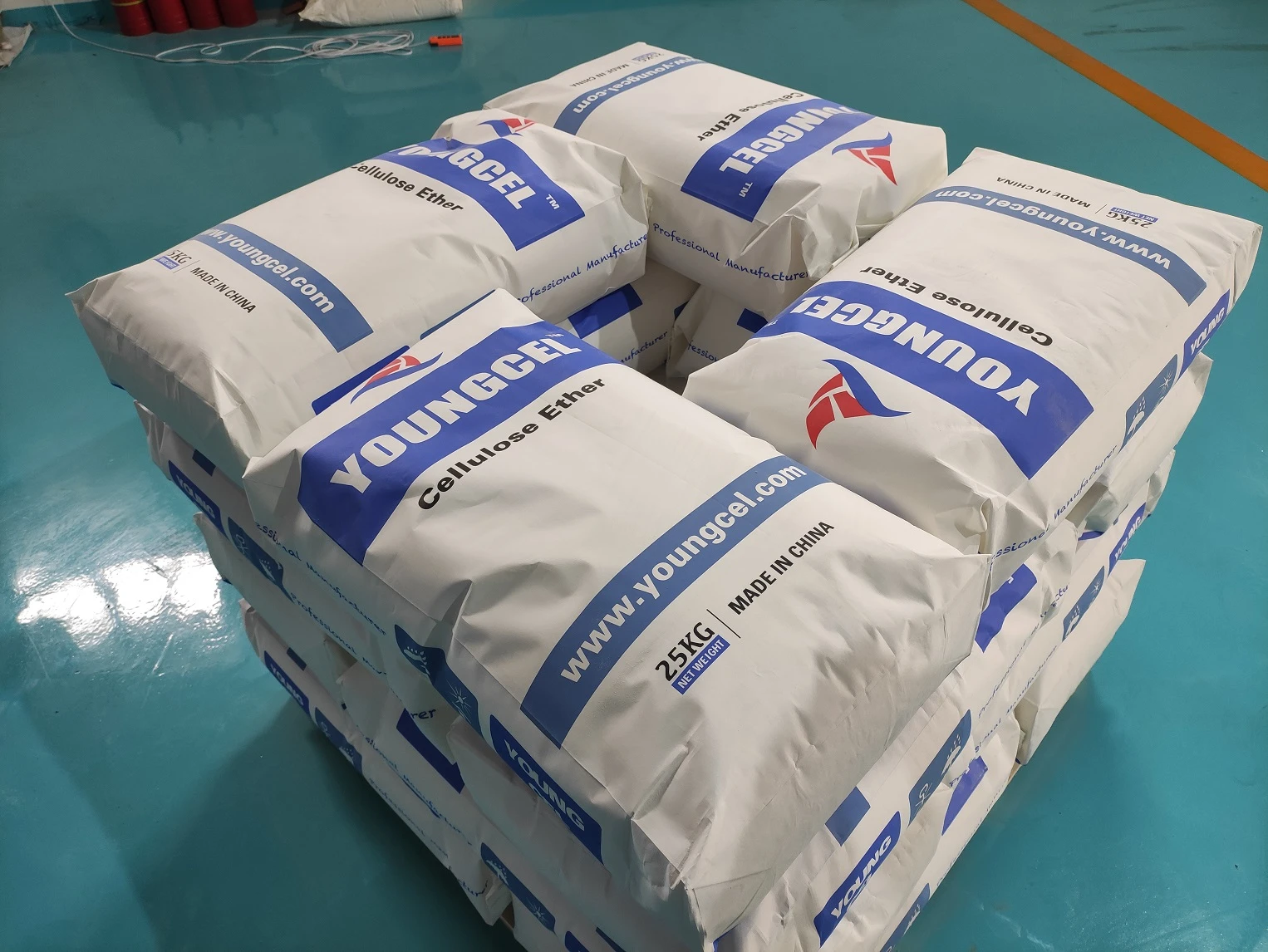Cellulose for Industrial Applications The Unsung Hero of Sustainability
In recent years, the world has witnessed an urgent call for sustainable practices across various industries. Amidst this shift, cellulose, a natural polymer that forms the structural component of plant cell walls, has emerged as a pivotal player. With over 1.5 billion tons produced annually through various agricultural sources, cellulose not only serves as a fundamental resource in nature but also offers endless possibilities for industrial applications. Its versatility, abundance, and biodegradability position cellulose as a game-changer in the quest for sustainability.
What is Cellulose?
Cellulose is a complex carbohydrate consisting of linear chains of glucose molecules linked together by β(1→4) glycosidic bonds. It is the most abundant organic polymer on Earth, primarily found in wood, cotton, and other plant materials. The polymer's crystalline structure grants it remarkable tensile strength and stability, making it suitable for a variety of uses. Unlike synthetic polymers, cellulose is renewable and breaks down naturally, aligning perfectly with the principles of a circular economy.
Industrial Applications of Cellulose
Cellulose finds applications across numerous sectors, including textiles, paper, food, pharmaceuticals, and construction. Its unique properties enable it to fulfill specific industrial needs, making it an invaluable resource.
1. Textiles In the textile industry, cellulose-based fibers like cotton and rayon are widely used. These fibers provide comfort, moisture-wicking properties, and breathability. New advancements in technology allow for the creation of regenerated cellulose fibers, such as lyocell, which is produced in a closed-loop process, minimizing waste and environmental impact.
2. Pulp and Paper The traditional pulp and paper industry has relied on cellulose for centuries. Although the advent of digital technology has impacted paper consumption, cellulose remains essential in producing high-quality paper products. Innovations like nanocellulose, derived from the extraction of cellulose fibers, are opening up new frontiers. Nanocellulose is lightweight, strong, and possesses unique rheological properties, making it suitable for applications in packaging, coatings, and even as a reinforcing agent in composites.
cellulose for industrial

3. Food Industry In the food industry, cellulose serves as a thickening agent, stabilizer, and dietary fiber. It is commonly added to various food products for texture enhancement and increased fiber content, contributing to healthier food options. The food-grade cellulose is derived from plant sources and is recognized as safe for consumption, making it a popular additive in a variety of processed foods.
4. Pharmaceuticals Cellulose plays a crucial role in the pharmaceutical industry as a binding agent in tablets and capsules. Microcrystalline cellulose is often used for its excellent compressibility and flow properties, ensuring the consistent delivery of active ingredients. Additionally, cellulose derivatives are used in drug formulations to enhance solubility and bioavailability.
5. Construction As the construction industry seeks sustainable materials, cellulose has gained attention for its thermal insulation properties. Cellulose can be produced from recycled paper products and used in building materials such as insulation panels. This not only reduces waste but also contributes to energy-efficient buildings, lowering carbon footprints and enhancing sustainability.
Environmental Benefits
The environmental advantages of cellulose are significant. Being a renewable resource, the use of cellulose in industrial applications reduces dependence on fossil fuels and synthetic materials. Furthermore, cellulose-based products are often biodegradable, meaning they can break down naturally in the environment, reducing landfill waste and pollution.
Moreover, utilizing agricultural waste, such as straw and husks, for cellulose production can provide farmers with an additional revenue stream while promoting sustainable land use practices. This contributes to a more responsible and circular economic model, aligning well with global sustainability goals.
Conclusion
Cellulose is a remarkable biopolymer that holds tremendous potential for a range of industrial applications. Its natural abundance, sustainability, and versatility position it as an essential material in the ongoing transition towards eco-friendly practices. As industries continue to explore innovative ways to integrate cellulose into their processes, it is clear that this ‘unsung hero’ of sustainability will play a crucial role in shaping a greener, more sustainable future. The ongoing research and development in cellulose processing and applications will likely yield even more exciting possibilities, making cellulose a cornerstone of sustainable industrial practices for years to come.
-
Rdp Powder: Key Considerations for Wholesalers in the Building Materials IndustryNewsJul.08,2025
-
Key Considerations for Wholesalers: Navigating the World of Hpmc - Based ProductsNewsJul.08,2025
-
Hpmc Detergent: Key Considerations for WholesalersNewsJul.08,2025
-
Key Considerations for Wholesalers: China Hpmc For Tile Adhesive, Coating Additives, Concrete Additives, and MoreNewsJul.08,2025
-
Crucial Considerations for Wholesalers: Navigating the World of Construction MaterialsNewsJul.08,2025
-
Key Considerations for Wholesalers Sourcing Additive For Cement, Additive For Concrete, Additive For Putty from Additive Manufacturer Shijiazhuang Gaocheng District Yongfeng Cellulose Co., Ltd.NewsJul.08,2025




